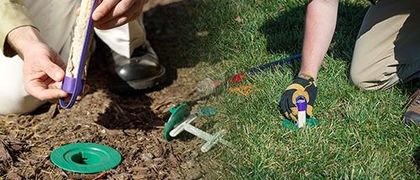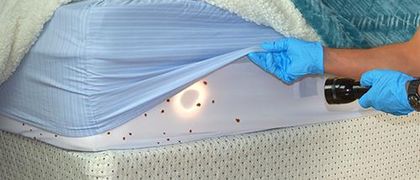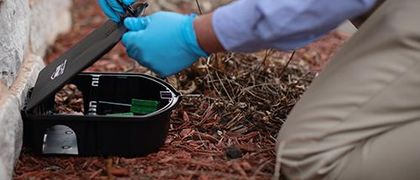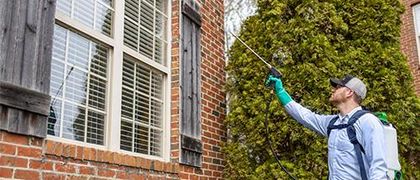5 Most Common House Bugs in Iowa
If you live in Iowa, especially around Des Moines or other urban hubs, you've probably dealt with a handful of unwanted visitors—household pests. These critters don’t need an invitation to sneak into your home. All it takes is a small crack, a bit of standing water, or a forgotten crumb to attract them.
Knowing which ones are most common and how they behave can help you take smarter steps toward keeping your space pest-free.
Key Takeaways
- Iowa homes deal with bugs like cockroaches, silverfish, and boxelder bugs that appear throughout the year.
- Each bug has its habits, hiding spots, and risks that can turn into real trouble if left alone.
- Simple steps like sealing cracks and cutting off food and water can stop most pests from moving in.
- Store-bought sprays won’t solve the root problem, and calling a local pest control pro makes a big difference.
1. German Cockroaches

Of all the roaches found in Iowa homes, German cockroaches are the most persistent.
They’re small, reddish-brown, and tend to gather in places with easy access to food sources, think behind your fridge or near the dishwasher. They especially love warm, damp areas, like kitchens and bathrooms.
What makes them so tricky is their speed and numbers. Once you have a few, you’re at risk of a full-blown infestation. They carry allergens and bacteria, and they’re known to resist many over-the-counter treatments.
Without professional pest control, it’s tough to get ahead of them.
2. Boxelder Bugs

These bugs are easy to spot in the fall, especially on the sunny sides of homes near boxelder or maple trees. Their black bodies and red markings make them stand out, even from a distance.
As the temperature drops, they crawl into siding, crevices, or attic vents, looking for a place to ride out the winter.
Inside, boxelder bugs are harmless but annoying.
They can stain curtains and walls, and they emit an unpleasant odor when squished. If you’ve noticed a sudden influx of them around windows or light fixtures, they’ve likely found a way in through an entry point you didn’t know existed.
3. Silverfish
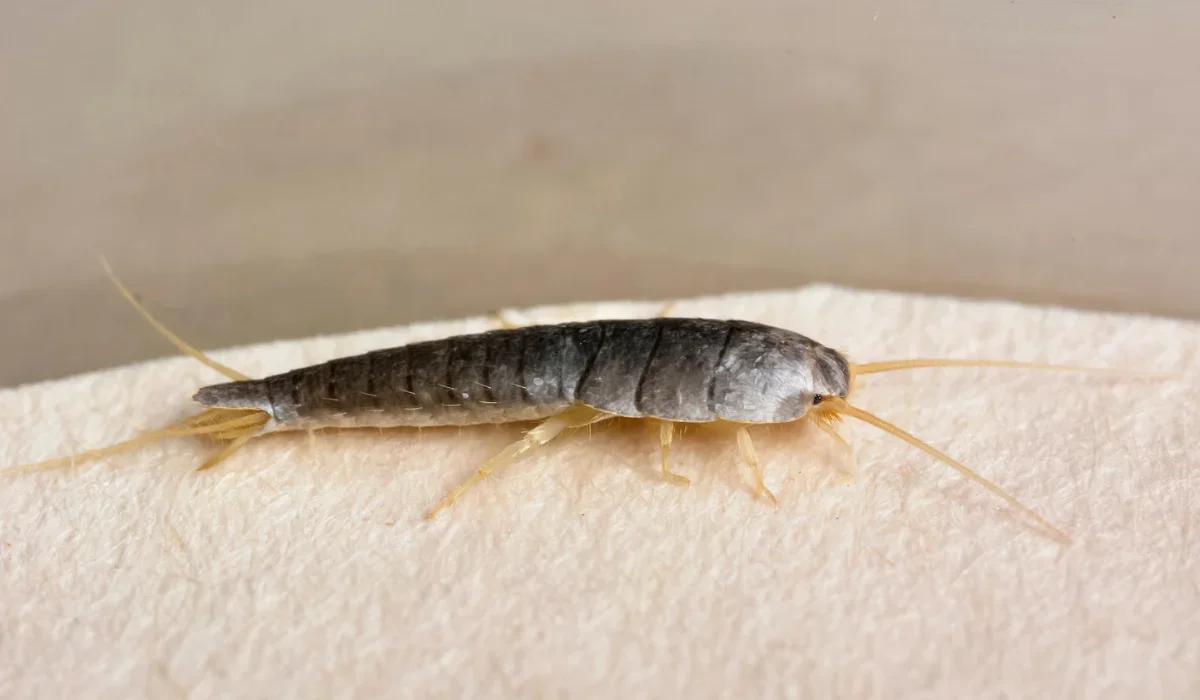
Silverfish have been bugging Iowa homeowners for decades.
You’ll often find silverfish darting across the basement floor. They love damp, dark places. Their quick, slithering movement often startles people, but they’re more damaging than dangerous.
They feed on paper, fabrics, and even glue, making your stored books and clothing potential targets. These insects are most active at night and can survive for weeks without food, so you may not even realize you’ve got them until the damage is done.
4. Odorous House Ants
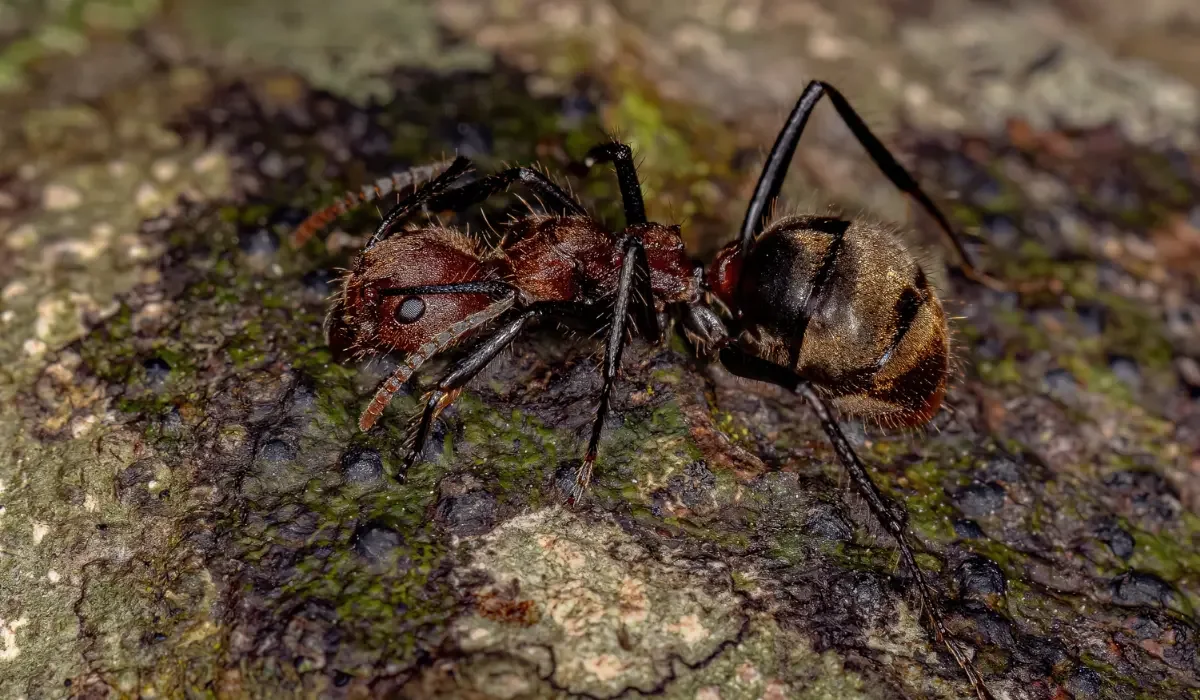
True to their name, these ants let off a strong, foul smell, similar to rotting coconut, when crushed. They’re among the most common ants in Iowa and show up frequently in kitchens and bathrooms.
Odorous house ants aren’t just after crumbs.
They're persistent foragers and will follow scent trails to even the smallest food sources. If you’ve tried to treat them yourself and noticed more ants afterward, that’s no accident.
Their colonies can split and relocate, making infestations harder to control without expert pest control services.
5. Carpet Beetles

Carpet beetles may not catch your eye, but the damage they cause is unmistakable.
The larval stage of this pest chews through rugs, furniture, and stored clothing. You might also notice shed skins near baseboards or windowsills, a telltale sign of a developing problem.
Adults are attracted to light, so you’ll often find them near windows. Meanwhile, larvae stay hidden in quiet, dark areas. In homes with pets, dander and hair can make ideal breeding grounds.
Without regular inspections, they can remain unnoticed until fabrics start falling apart.
What to Do When You Spot Any of These Bugs
If you've started noticing signs of bugs in your home, it’s important to act quickly. Here is what you should do the moment you suspect a pest issue:
Identify the Bug and the Extent of the Issue
The first step to controlling any infestation is knowing what you’re up against. From bed bugs to carpenter ants and house spiders, each species behaves differently.
If you’re seeing bugs in multiple rooms, or places like crawl spaces or under sinks, there’s a good chance the problem is bigger than you think.
Seal up Entry Points
Household pests don’t need much room to get inside. Check your foundation, window screens, and door frames. Seal up any cracks or crevices with caulk or foam.
This is especially important for keeping out pests like pavement ants, yellow jackets, and brown marmorated stink bugs, all of which are common Iowa insects.
Remove Food and Water Sources
Even a small water drip or a few crumbs can attract bugs.
Fix leaks, mop up standing water, and keep food sealed. Pay special attention to basements and damp areas where roaches, centipedes, and even crickets might gather unnoticed.
Don’t Rely on Store-Bought Sprays
Store-bought sprays may give you short-term results, but they rarely solve the root problem. In some cases, like with ants or roaches, they can scatter the colony and make the infestation worse.
When bugs retreat deeper into walls or hide behind insulation, it’s time to call a professional exterminator.
Get Help From a Local Pest Control Service
Midwestern pests behave differently depending on the season.
Carpenter ants and termites are especially active in spring, while wasps, hornets, and yellow jackets pick up in late summer.
A local pest control team knows the rhythms of Iowa bugs and can create a treatment plan that targets them at the source.
Say Goodbye to Iowa’s Most Stubborn House Bugs
At Miller Pest & Termite, we specialize in year-round pest control tailored to the needs of Iowa homeowners. Whether you’re finding carpet beetles in your closets or roaches in your basement, we’re here to help you reclaim your space without the guesswork.
Schedule your free inspection today and take the first step toward a pest-free home.
Get Help Now!


